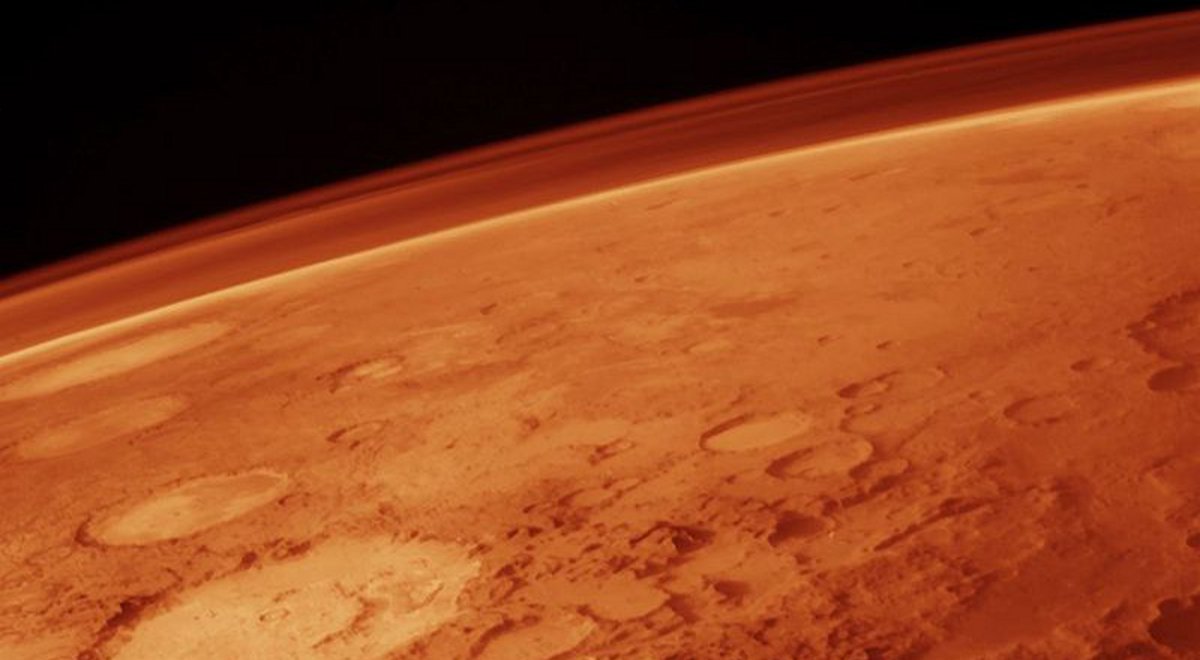Built by the European Space Agency and the Russian satellite ExoMars TGO at 10.31 Polish time should be launched from the Baikonur Cosmodrome in Kazakhstan.
The building located on the research tools were also involved Polish scientists and home business.
The most important task is to study the atmosphere of Mars and existing in it traces of methane. On Earth, methane produce living organisms and scientists want to find out what is the origin of the gas on Mars.
– We will also observe the sun during sunrise and sunset, and this will give us additional information about the atmosphere of Mars – says Ann Carine Vandaele of the European Space Agency.
The engineers also test the modern communication systems and do three-dimensional pictures of the surface.
The first phase will begin on Monday. At. 10.30 Polish time from the Baikonur Cosmodrome in Kazakhstan, the Russian rocket Proton-M will be in the space lander “Schiaparelli EDM”, whose task will be to study meteorological conditions on Mars.

On Mars, water flows. NASA has no doubt
The purpose of the tools placed on the satellite ExoMars Trace Gas Obiter will determine the amount coming out from under the surface of Mars so. trace gases, which in very small quantities are present in the atmosphere of the Red Planet – said Dr. Paul Wajer the Space Research Centre (SRC PAS) in Warsaw.
It is one of the Polish researchers working on scientific aspects of international experiment.
These areas of Mars, which can emit trace amounts of gases to photograph placed on the satellite camera cassis. It was built mainly in Switzerland and Italy, but their contribution to its preparation were also scientists from SRC PAS. Their tasks included, among others, the execution of the power supply to the camera.
In turn, the Polish company Creotech Instruments, acting on behalf of CBK PAN, installed the system components power the camera.
– The camera will take pictures of the Martian surface, eg. in the infrared, or the near infrared. The picture will be taken at an angle of approx. 10 degrees, then the orbiter will fly a piece of the orbit cam rotates in seconds. With this, the same area is photographed at a different angle and obtain three-dimensional image – Dr Wajer described.
Cassis to photograph these areas of Mars, which can emit trace gases.
The second part of the ExoMars mission will begin in 2018. Then another Russian rocket sends toward Mars rover “ExoMars Rover”, which is to look for signs of biological life there. Safe deposition on the surface of the planet will allow him lander “ExoMars Rover Lander.” On Mars, they are to be found in 2,019 years.
In finding a suitable place to the rear of the lander and rover, will help scientists photographs taken and sent previously by said camera Cassis.
The European Space Agency plans carry live coverage of Monday’s launch rocket Proton-M. She will be followed on the web: http://www.esa.int/ESA
IAR / PAP is
No comments:
Post a Comment